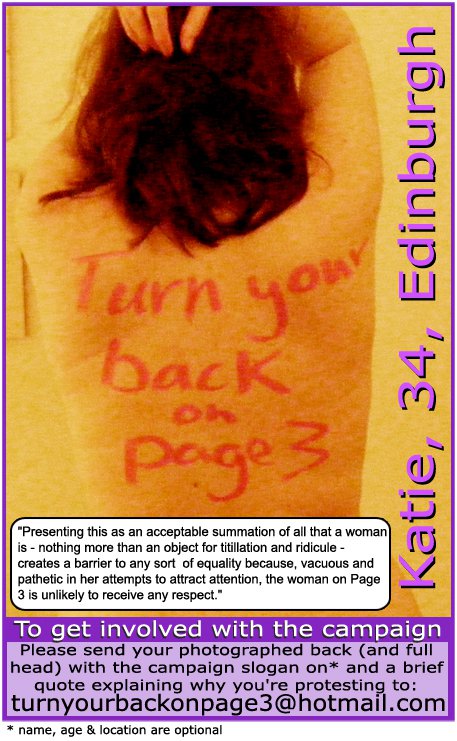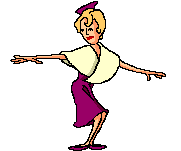 News that, as a result of Liberal Democrat MP Jo Swinson’s campaign against “overly perfected and unrealistic images” of women in advertising, L’Oréal had been forced to pull their ad campaigns featuring Julia Roberts and Christy Turlington because they’d been airbrushed was hailed as tremendous progress in the ongoing protest against the way in which women are presented – and addressed – by the advertising industry. And it was. The case proved that, even in the face of the world’s largest cosmetics company (with annual revenues of €19.50 billion), personal protest was still worth making.
News that, as a result of Liberal Democrat MP Jo Swinson’s campaign against “overly perfected and unrealistic images” of women in advertising, L’Oréal had been forced to pull their ad campaigns featuring Julia Roberts and Christy Turlington because they’d been airbrushed was hailed as tremendous progress in the ongoing protest against the way in which women are presented – and addressed – by the advertising industry. And it was. The case proved that, even in the face of the world’s largest cosmetics company (with annual revenues of €19.50 billion), personal protest was still worth making.
A good sign, but we all know that the promises made by cosmetics companies are false. No one actually expects to emerge from the bathroom looking like Christy Turlington because they smeared their faces in Maybelline’s latest foundation, The Eraser. Acknowledging the fact that cosmetics companies lie is a progressive step, but it’s only a small one. In adverts aimed at both women and men, women are patronised at best and murdered at worst. They’re gang-raped, mutilated, cast as objects and subjects of paedophile fantasy, and degraded. They’re accessories to men and their demands.
Even those trying to use advertising for the benefit of women fare little better. The Breast Cancer Foundation, instead of displaying mastectomy scars deemed off-putting by focus groups, decided instead to use a single-breasted, nippleless plastic doll and perfectly symmetrical breasts of models painted with colourful cartoons suggesting all women were concerned with was their skin, hair and the size of their bum when they should be thinking about their health.
I applaud Jo Swinson’s victory and hope it’s the first step of many towards even a semblance of male-female equality in advertising, but it’s not enough. Women need to demand more. Change needs to be more radical. Given the violence to which she may be subjected to sell products, excessive airbrushing is about the most pleasant fate of a woman in advertising.




 Unkempt, unruly, bad-mannered, and lascivious, the blowsy woman has long been dismissed for her sluttish ways and refusal to behave nicely. Originating from the 18th century blowze, the word blowsy has been used to malign a woman as a beggar, wench, and – of lower social ranking to the beggar himself – a beggar’s female companion. I think it’s time her virtues were re-evaluated.
Unkempt, unruly, bad-mannered, and lascivious, the blowsy woman has long been dismissed for her sluttish ways and refusal to behave nicely. Originating from the 18th century blowze, the word blowsy has been used to malign a woman as a beggar, wench, and – of lower social ranking to the beggar himself – a beggar’s female companion. I think it’s time her virtues were re-evaluated.

























